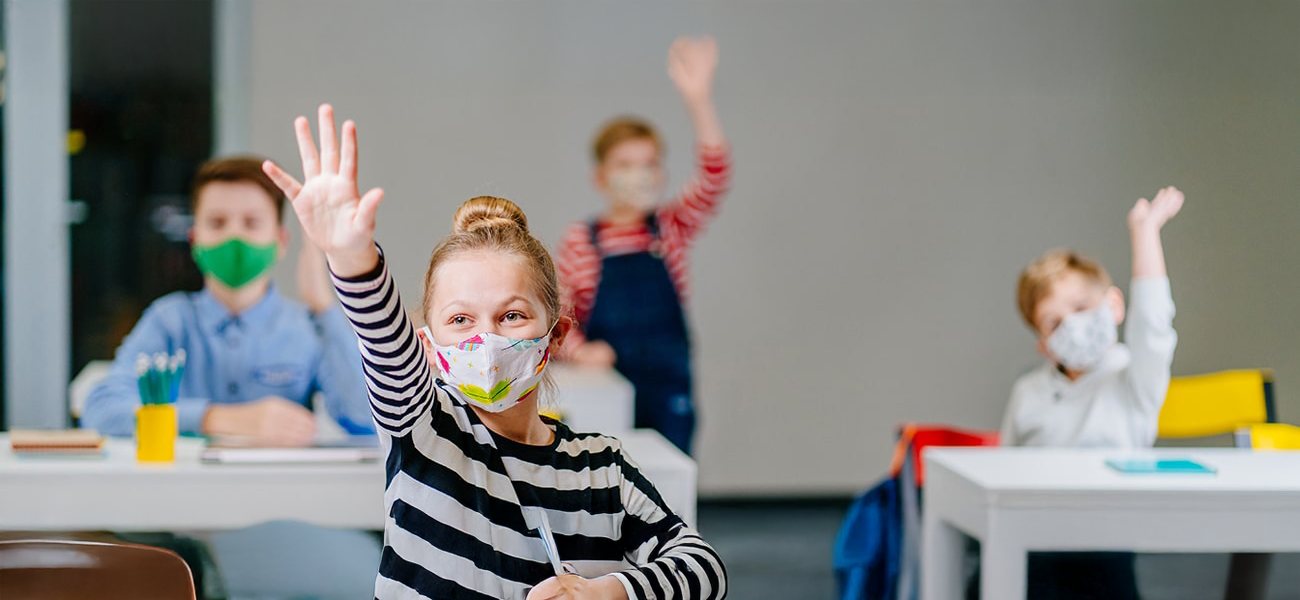We May Not Be Ready for Total Distance Learning, Yet
Mid-February, 2020… schools in Washington state and New York began to institute temporary closures in order to clean and disinfect campuses as concerns steadily grew. On February 27th, Bothell High School in Washington closed for two days, after an employee’s relative contracted COVID-19. Shortly after on March 5th, the Northshore district in Washington began a two-week shift to distance learning. This was the first prolonged closure in response to COVID-19. One week later, the World Health Organization declared the disease a pandemic. The following day, the state of Ohio announced broad closures. By the next day, fifteen more states announced closures.

By March 25th, all US public school buildings were closed as Idaho, and the Department of Defense Education Activity are the last to shift to distance learning. As of April 17th, most states had announced that distance learning would continue for the remainder of the 2019/2020 school year.
Education in the US had effectively entered unknown territory. Before the pandemic, roughly 3.3% of K12 students in the US were homeschooled. By the end of the 2019/2020 school year, nearly 100% of students learned from home. This was a paradigm shift unlike any we’ve seen in our lifetimes, and it increased the complexity of properly educating students by an order of magnitude.
Pre-pandemic, there were a number of school districts holding out on going 1:1 with iPad, Chromebook, laptop, or tablet learning programs. As schools began to close, hundreds, if not thousands of districts and independent charter schools scrambled to create distance learning lesson plans, and to obtain student devices to deploy in a timely manner. Overnight, district technology directors and their teams became the linchpin that kept students and teachers together – the unsung heroes of education.
As we moved cautiously into the 2020/2021 school year, only 40% of K12 students in the US had access to in-person instruction. By the end of the school year, 98% of students had at least minimal access to some form of learning on campus.
However…the damage was already done. While 1:1 programs kept a large amount of students relatively or totally engaged, the length of the closures combined with any number of variables such as access to Wi-Fi, good nutrition, a quiet learning space at home, and familial support led to millions of American students falling behind in math and reading by anywhere from three to six months. The negative effects of school closures were disproportionately stronger against Black and Hispanic children, as well as children from economically unstable households.
One interesting and surprising side effect that we saw directly, was that the volume of damaged learning devices did not decrease from previous years when students routinely transported devices to and from school, in and out of backpacks and lockers on a daily basis. Keeping devices at home full-time ushered in a new range of perils that kept loss and damage rates almost perfectly in line with previous years. School Device Coverage saw a surprising number of device insurance claims for broken screens, liquid submersion, missing keys, and more. Most school districts saw an increase in battery deterioration as well, likely due to devices remaining plugged in 24/7 in warmer conditions.
Furthermore, the effects of the mental, social, and emotional toll that school closures cost our children is yet to be fully understood – but it is clear that they have suffered a measure of harm. Some reports show at least a 5% increase in anxiety, and a 6% increase in depression. Behaviors such as social withdrawal, self-isolation, lethargy, and irrational fears have also seen a marked increase. That said, despite these new challenges, there’s been a decrease in the amount of mental health assessments and testing performed on school aged children.
During the nationwide closures, there was a lot of talk about the prospect of keeping schools closed indefinitely, or offering distance learning as an option in perpetuity. The forced closures exposed the fact that more research should be performed before assuming distance learning en masse, in the absence of a national emergency. Research will likely go on for years, or even decades, to assess the true consequences of prolonged closures, however it is logical that better ways to manage distance learning programs will emerge from these studies.
Whether your school district is keeping distance learning on the table, or is committed to keeping doors open regardless, School Device Coverage is happy to provide you with an iPad, tablet, laptop, or Chromebook device insurance program quote custom tailored to your unique needs. Tell us your needs and get a quote here, we are happy to be of service.